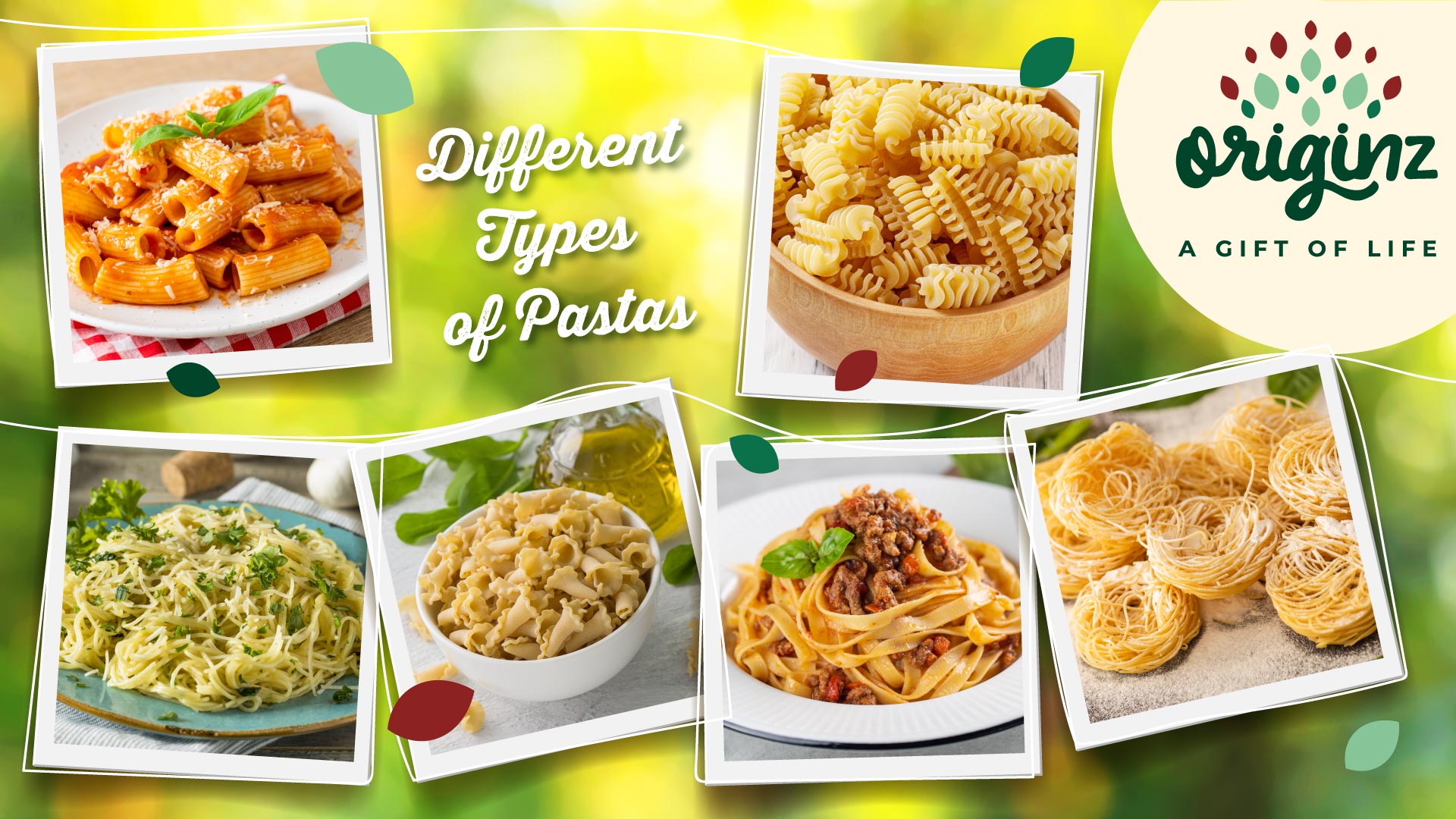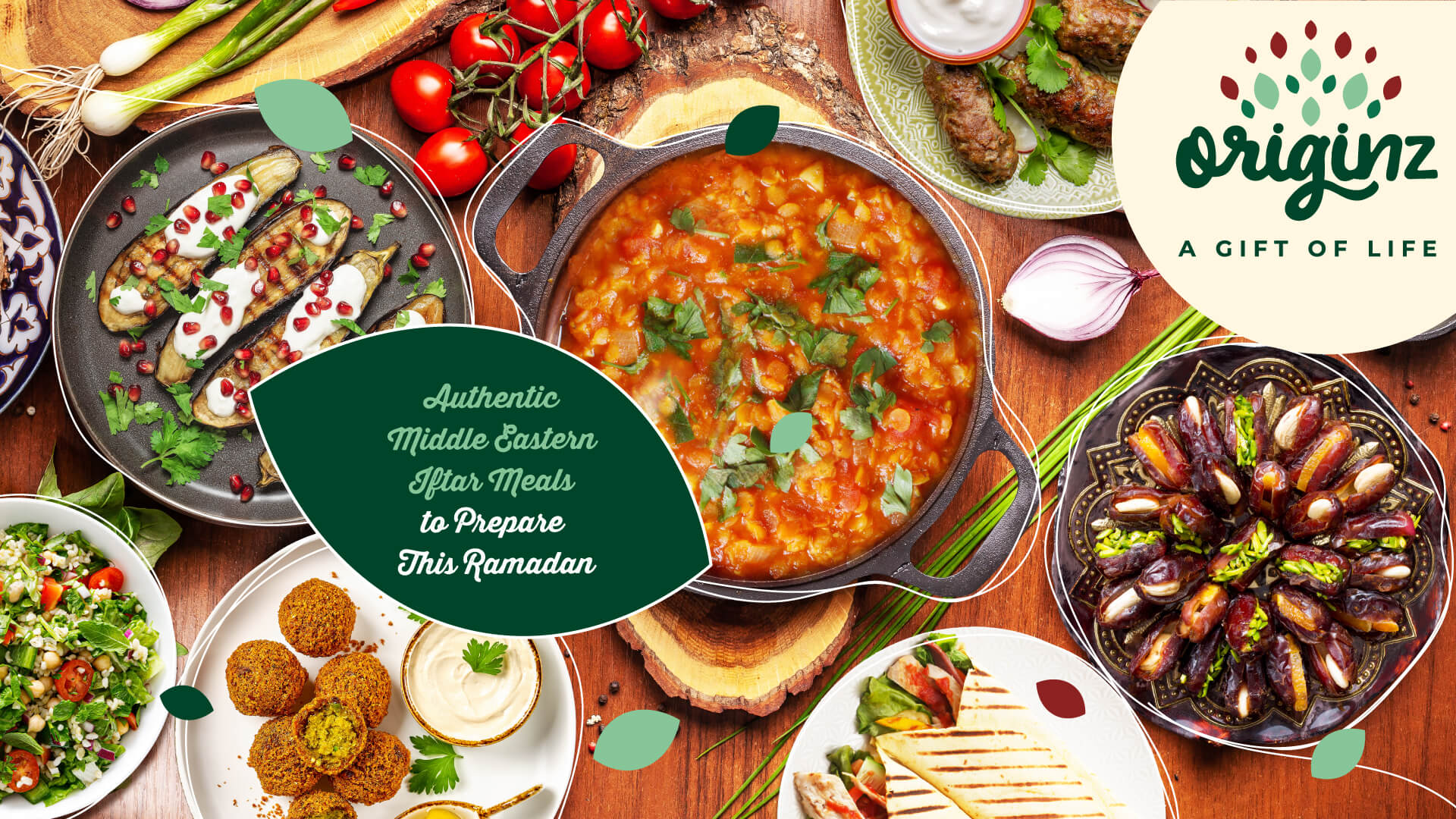
Different Types of Pastas
Pasta, a beloved staple in cuisines worldwide, has evolved over centuries into a myriad of shapes and forms, each offering a unique culinary experience. From the traditional Italian classics to exotic international variations, the world of pasta is as diverse as it is delicious.
Different Varieties of Pasta
One cannot delve into the enchanting world of pasta without acknowledging the vast array of different varieties available. Traditional Italian pasta varieties, such as spaghetti, fettuccine, and penne, have become household names. However, global influences and culinary innovations have given rise to an impressive assortment of unique pastas.
One such standout is "orecchiette," meaning "little ears" in Italian, a delightful pasta resembling small, concave discs. Its cup-like shape makes it ideal for trapping sauces, creating a flavourful and satisfying bite. Another exotic variant is "farfalle" or bow-tie pasta, which adds a playful touch to any dish. These different varieties of pasta not only contribute to diverse textures but also inspire creativity in the kitchen.
Types of Pasta Shapes
The charm of pasta lies not only in its flavours but also in the plethora of shapes that enhance both visual and gustatory appeal. The classic tube-shaped rigatoni and the twisted gemelli provide a hearty bite, perfect for capturing thick sauces. Meanwhile, delicate angel hair and capellini offer a more refined and subtle experience.
Beyond the well-known types, there are also speciality shapes like radiatori, resembling radiators, and campanelle, resembling tiny bells. The unique forms of these kinds of pasta play a pivotal role in elevating the dining experience, allowing chefs and home cooks alike to experiment with different textures and presentations.
Benefits of Pasta
Contrary to some misconceptions, pasta, when consumed in moderation and as part of a balanced diet, offers numerous health benefits. It is a rich source of complex carbohydrates, providing sustained energy levels. Additionally, pasta is low in sodium and fat, making it a heart-healthy choice.
For those seeking weight loss, pasta can be a valuable ally when portioned correctly. Its high fibre content promotes a feeling of fullness, reducing the likelihood of overeating. However, it's essential to pair pasta with nutrient-rich ingredients like vegetables, lean proteins, and olive oil to enhance its nutritional profile.
Pasta Cooking Methods
The versatility of pasta extends beyond its diverse shapes and varieties to encompass various cooking methods. Boiling is the most common technique, but the timing is crucial to achieving the desired texture. Al dente, meaning "to the tooth" in Italian, is the perfect balance of firmness and tenderness.
Baking pasta dishes, such as lasagna and baked ziti, introduces a delightful crispness to the edges while allowing the flavours to meld together. Stir-frying cooked pasta in a pan with vegetables and proteins adds a unique twist to traditional recipes, creating a fusion of textures and tastes.
Pasta: Good for Weight Loss
Contrary to the myth that pasta hinders weight loss, it can be a valuable component of a healthy diet. The key is moderation and smart pairing. Opting for whole-grain or legume-based pasta varieties increases fibre content, promoting a feeling of satiety, aiding in weight management, and making this type of pasta good for weight loss. Additionally, incorporating lean proteins and vibrant vegetables into pasta dishes enhances the nutritional benefits of pasta without compromising on flavour.
Side Effects of Pasta
While pasta is generally considered a wholesome food, excessive consumption or pairing it with overly rich sauces can lead to potential downsides. Overindulgence may contribute to weight gain, emphasizing the importance of portion control. Additionally, some individuals may experience digestive discomfort if they have gluten sensitivity, making gluten-free pasta a suitable alternative.
FAQs
Do all pasta shapes have the same nutritional value?
No, nutritional content varies between pasta shapes. Whole wheat or alternative flours can impact fibre and nutrient levels. Ingredients like spinach or beetroot can also add unique nutritional elements.
Is pasta suitable for gluten-free diets?
Traditional pasta contains gluten, but gluten-free alternatives made from rice, corn, quinoa, or legumes provide options for those with celiac disease or gluten sensitivity. Look for certified gluten-free products. Originz organic multigrain pasta is naturally gluten free, so if you’re looking for a healthy and diet-conscious way to enjoy the goodness of organic food, look no further!
Can pasta be part of a healthy diet, especially for weight management?
Yes, in moderation. Whole-grain or legume-based pasta increases fibre for fullness. Watch portion sizes, choose nutrient-rich sauces, and include vegetables, lean proteins, and healthy fats for a balanced and satisfying meal.
In conclusion, the world of pasta is a delightful journey through shapes, flavours, and cultural nuances. Embracing the different varieties of pasta opens up endless possibilities in the kitchen, allowing for both traditional recipes and innovative creations. Understanding the benefits of pasta, experimenting with diverse types of pasta shapes, and exploring various pasta cooking methods enable us to savour this timeless culinary delight while making informed and delicious choices for a healthier lifestyle. So, next time you prepare a pasta dish, embrace the diversity, and let your taste buds embark on a delectable adventure.
Further Read,
Latest Blogs

Maintaining Healthy Habits After Ramadan
Have Ramadan healthy meals after Ramadan and maintain healthy food habits and implement them in your daily lives. Read more about healthy food habits.

Authentic Middle Eastern Iftar Meals to Prepare This Ramadan
Prepare some authentic middle eastern iftar meals this Ramadan. Look for fresh Ramadan food ideas and make your day memorable with these dishes. Check them out.

Ramadan Dishes to Cure Fasting Fatigue
Don’t worry about fasting fatigue anymore as we have listed some best Ramadan dishes and easy iftar meals to support your fasting journey. Check them out.

Eid-al-Fitr Feast: Delicious Recipes to Celebrate the End of Ramadan
Celebrate the end of Ramadan with delicious recipes on the eve of Eid ul Fitr. Read more about the traditional Ramadan recipes and make them easily.